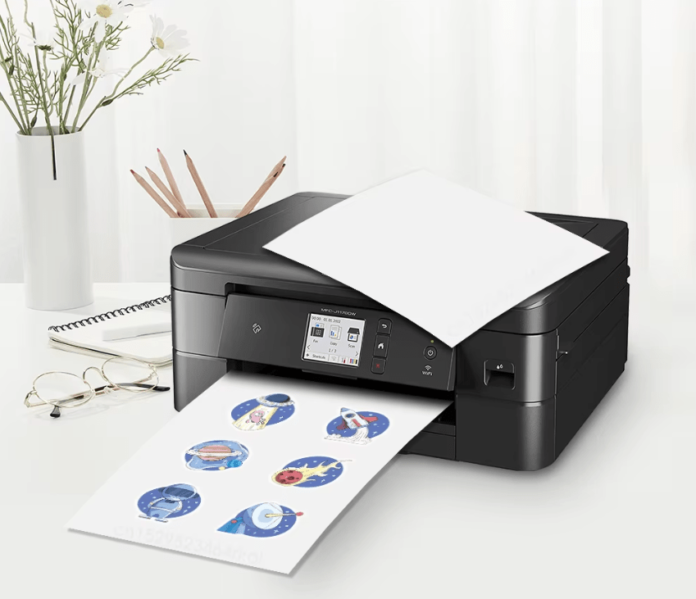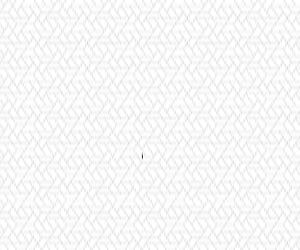Flexible, adaptable, and dependable, inkjet printer adhesive is a specialty product that is essential to many printing applications. It is widely utilized in a variety of industries, from commercial and industrial settings to home and office printing. This glue is now necessary to create prints that are strong, long-lasting, and cling effectively to many surfaces. We’ll look at the features, uses, advantages, and best practices of inkjet printer adhesive in this in-depth investigation.
Table of Contents
Understanding Inkjet Printer Adhesive
The term “inkjet printer adhesive” describes the kind of glue used with inkjet printing technology to produce printed goods like labels, stickers, decals, and other items that need a sticky backing. Inkjet printer adhesive provides an additional layer of usefulness by enabling the printed material to attach to a variety of surfaces, in contrast to normal printing, which only prints on paper or other medium. These adhesives are made specifically to function with inkjet printers, guaranteeing that the ink adheres to the surface properly and doesn’t fade, peel, or smear over time. Usually, they come in a variety of forms, like rolls, adhesive-backed sheets, or specialty coatings that can be used on a range of printing substrates.
Types of Inkjet Printer Adhesive
Adhesives for inkjet printers come in a variety of forms, each with special qualities appropriate for a range of uses. The most typical kinds consist of:
- Permanent glue: This kind of glue is intended for uses requiring a solid, long-lasting bond. It is very durable once applied and tough to take off. It’s perfect for making labels or decals that have a long shelf life, like stickers for outdoor use, warning signs, or product labels.
- Removable Adhesive: Exactly as its name implies, removable adhesive provides a quick, easy bind that peels off without leaving a trace. It’s ideal for uses like window decals, temporary signage, and promotional stickers where the label or sticker needs to be moved or taken off later.
- Repositionable Adhesive: This adhesive has the special ability to keep its sticky qualities even after being pulled off and reapply several times on printed material. It’s perfect for applications like wall decals or reusable product labels that need to be adjusted frequently.
- Heat-Activated Adhesive: This kind bonds to surfaces by activating the adhesive qualities with heat. In processes like heat transfer printing, where the printed material is applied to textiles or other heat-resistant surfaces, heat-activated adhesives are frequently utilized.
Applications of Inkjet Printer Adhesive
With so many uses in so many different fields, inkjet printer adhesive is a very useful tool for companies, hobbyists, and artists. Among the most popular applications are:
- Product Labeling: Product labeling is one of the most widely used applications for inkjet printer adhesive. It enables companies to design unique labels with brand logos, product specifications, and barcode information for their items. The adhesive makes sure that even under difficult circumstances, such as exposure to moisture or refrigeration, the labels adhere to the product container firmly.
- Personalized Stickers and Decals: Inkjet printer adhesive is widely used by people and companies to create personalized stickers and decals. This program is well-liked for use in personal projects, marketing, and promotions. It’s a great option for making eye-catching stickers because it can print designs of superior quality with vivid colors and detailed elements.
- Signage & Displays: Temporary or permanent signage can be made with inkjet printer adhesive. The adhesive keeps signs in place and produces sharp, clear images whether they are used for trade exhibitions, outdoor advertising, or indoor displays.
- Crafting and Do-It-Yourself Projects: Inkjet printer adhesive is a common tool used by crafters and do-it-yourself enthusiasts for card-making, scrapbooking, and other creative projects. Creating personalized goods is made easier by the adhesive backing, which makes it simple to apply to various surfaces.
- Office and Organizational Use: Creating file tabs, name tags, and organizational labels using inkjet printer adhesive is a common practice in offices. It offers robust and readable labeling options, which contribute to the upkeep of a neat and effective workstation.
Benefits of Inkjet Printer Adhesive
For many printing applications, the usage of inkjet printer adhesive is the favored option due to its numerous benefits. Here are a few of the main advantages:
- Versatility: Paper, plastic, glass, metal, and cloth are just a few of the surfaces to which inkjet printer adhesive can be applied. Because of its adaptability, users can make personalized prints for a variety of purposes and projects.
- High-quality Prints: The adhesive makes sure that the ink adheres firmly to the surface when used with compatible inkjet printers, producing prints that are crisp, colorful, and long-lasting. Because of this, it’s perfect for creating labels, stickers, and decals of expert quality.
- Easy Application: Applying prints to various surfaces is made simple by the sticky backing. Peel-and-stick designs are common in adhesive items, which simplify the process of removing the backing and applying the print without creating any mess.
- Durability: Inkjet printer glue is made to be resistant to a range of environmental factors, such as moisture, UV light, and temperature fluctuations. This guarantees that printed products stay in use and hold up over time.
- Customizability: Inkjet printer adhesive enables total customisation, which makes it simple to produce unique designs that adhere to strict specifications. This is especially helpful for companies that want to make labels with a distinctive look or for people who are working on creative projects.
Best Practices for Using Inkjet Printer Adhesive
When utilizing inkjet printer adhesive, it’s critical to adhere to the following best practices for optimal results:
- Choose the Correct Adhesive: Depending on the intended use, choosing the right adhesive type (permanent, removable, or repositionable) is essential. Take into account the environment, the surface, and the required duration of the adhesive’s adhesion.
- Use Ink and Printer Settings That Are Compatible: Make sure the sticky substance is compatible with the ink and printer settings. This contributes to the production of high-quality prints by preventing smearing, fading, and ink bleeding.
- Prepare the Surface: Ensure that the surface is dust- and grease-free, clean, and dry before applying the adhesive print. Better adherence is ensured, and the print won’t peel or lift with time.
- Test the Adhesive: To make sure the adhesive sticks well and produces the intended effects, it’s a good idea to test it on a tiny area before using it on a crucial project.
- Adhesive materials should be stored carefully to preserve their quality and efficacy. Adhesive sheets or rolls should be kept out of direct sunlight and extremely hot or cold conditions.
Conclusion
The way we approach printing applications has been altered by the useful and adaptable inkjet printer glue. It has become a vital tool for companies, artists, and do-it-yourselfers because to its capacity to produce prints of superior quality that are resilient and stick to a variety of surfaces. You may take advantage of the full potential of Inkjet Printer adhesive for your next project and ensure professional, long-lasting results that fit your needs by learning about the many types of glue, their applications, and best practices.



